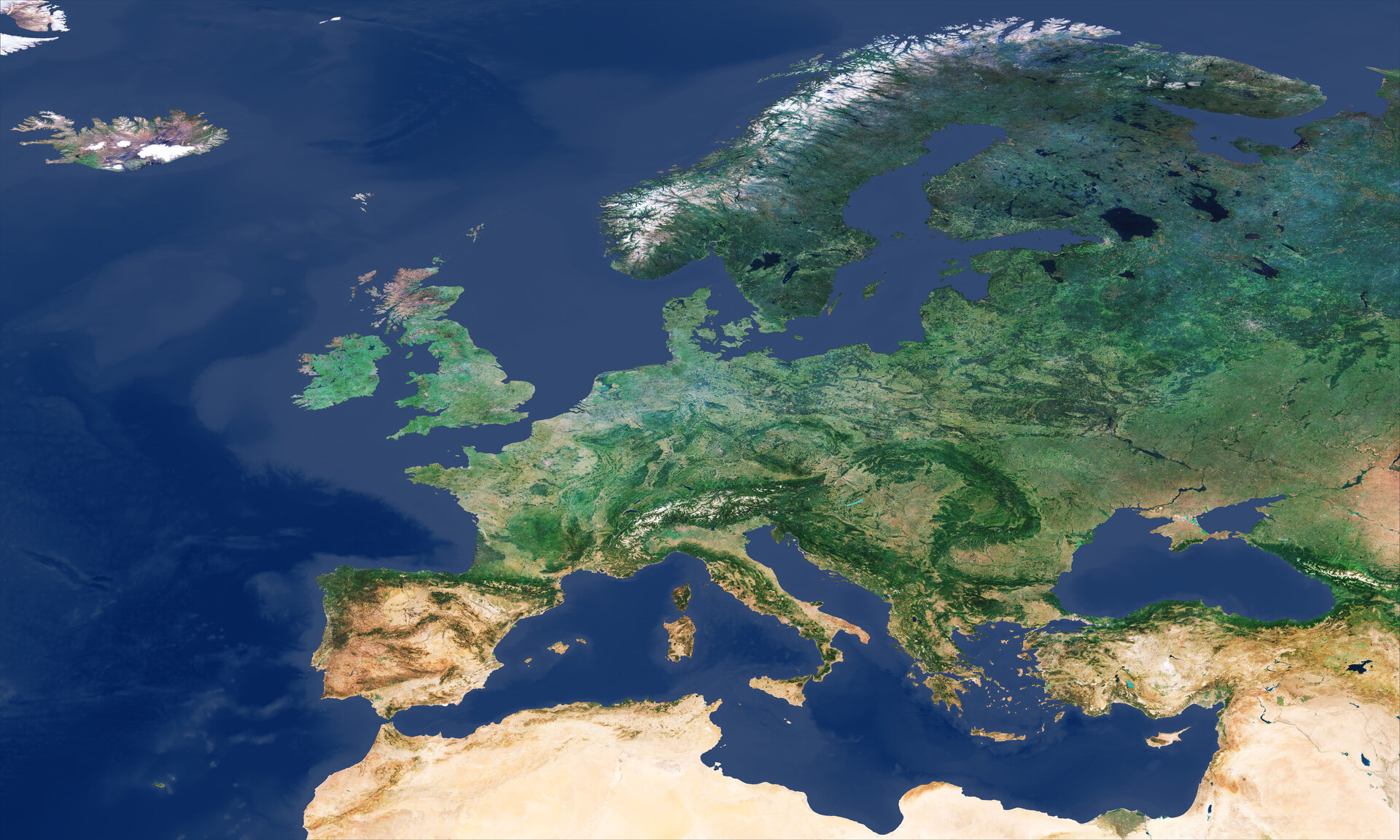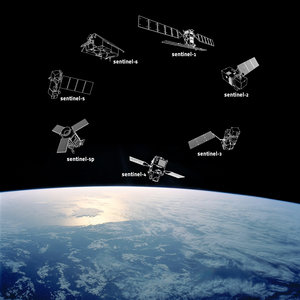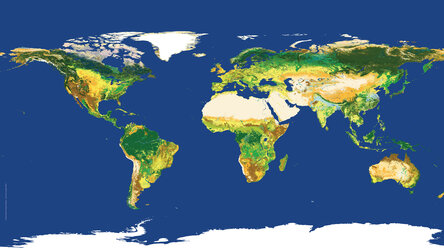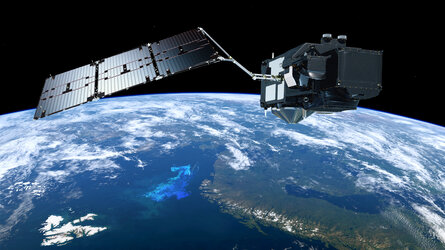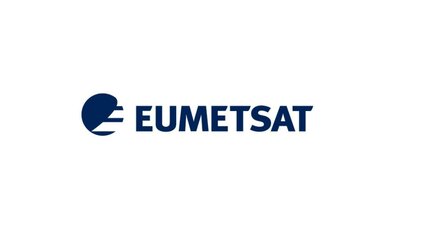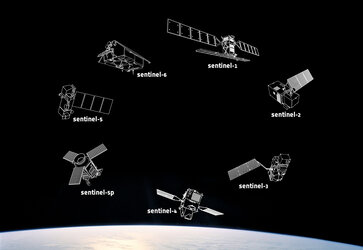New observations for the new economy
We all listen to weather forecasts and know they rely on satellite data. What may not be so obvious is that many other aspects of our lives depend on robust satellite data, from growing crops to tackling the major issue of climate change. The socio-economic benefits of Earth observation are huge, and increasing. In Europe, ESA, Eumetsat and the EU work closely together, in long-term partnerships, to make sure these benefits are delivered.
Climate change is unquestionably the biggest global environmental challenge we face – it’s a threat to us all. Landmark agreements such as the 2015 UN Paris Agreement need hard scientific evidence of climate trends like greenhouse gases and sea-level rise supplied by satellites.
Sustainable development is the only way forward for all of us. The huge challenge of meeting the UN Sustainable Development Goals can only be achieved with reliable, up-to-date information on issues such as water, food security, marine resources, forests and urban development. Much of this must come from satellites.
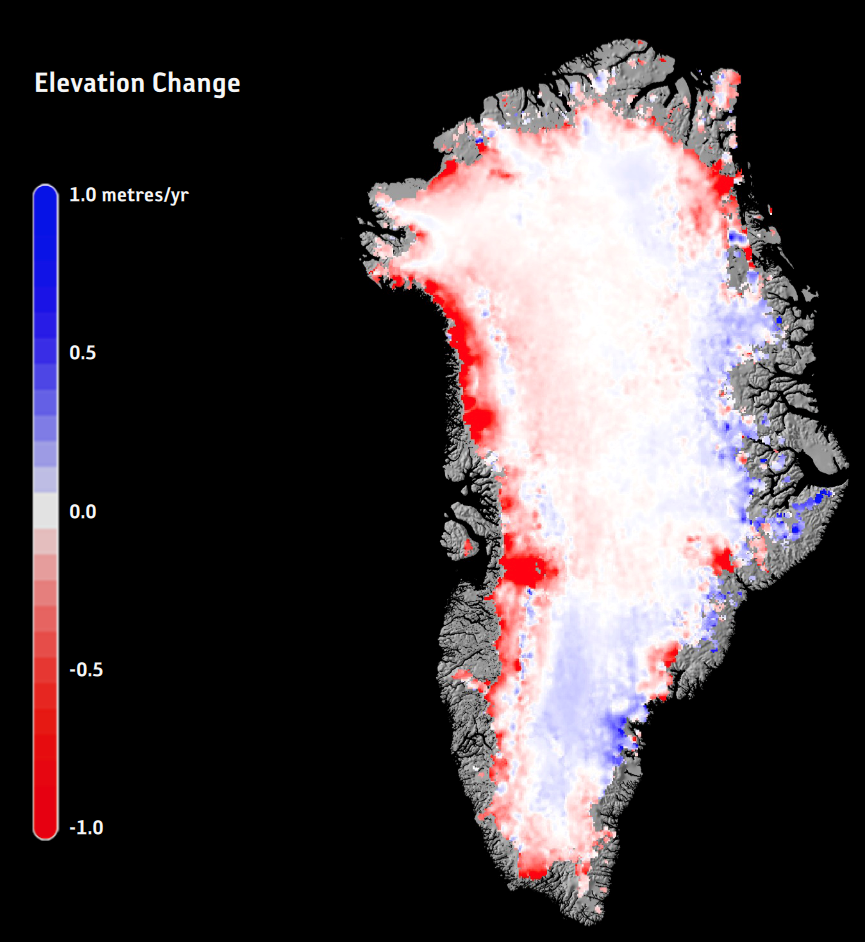
With science and innovation forming the backbone of Earth Observation, ESA’s FutureEO programme plays a critical role in preparing the ground for Europe’s future operational systems. For example, data on climate indicators going back well over three decades are needed to assess change and make critical policy decisions that directly affect the economy and people’s security.
Importantly, investments in FutureEO allow essential research to be carried out into completely new satellite measuring techniques and cutting-edge science missions, such as the Earth Explorers to be launched and operated. These developments pave the way for operational missions such as the Copernicus Sentinels, continuously feeding key public information services with data for decades.
FutureEO’s forward looking approach – pioneering ground-breaking new missions and embracing disruptive technologies such as SmallSats and artificial intelligence – ensures that investments will achieve maximum return, particularly in downstream sectors.
It has been estimated that every €1 invested in FutureEO leads to GDP growth of €3.8 in ESA Member States.
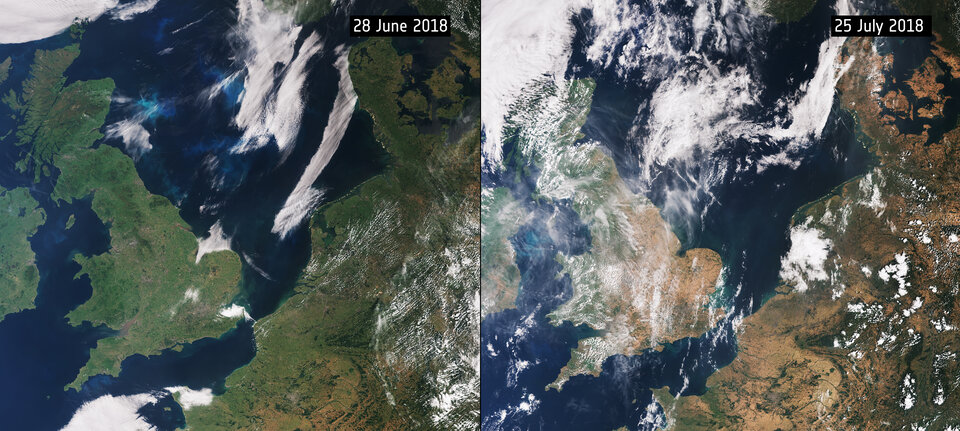
The terabytes of free data and information services delivered every day by the European Union’s Copernicus programme, for which ESA implements the space component, all help improve lives and bring financial benefits for the European economy.
The fact that all these data are not only reliable, but also completely free of charge gives businesses, entrepreneurs and start-ups a wealth of opportunities on which to base new ventures.
It is estimated that Copernicus will add between €92 billion and €191 billion to the European economy over the next two decades.
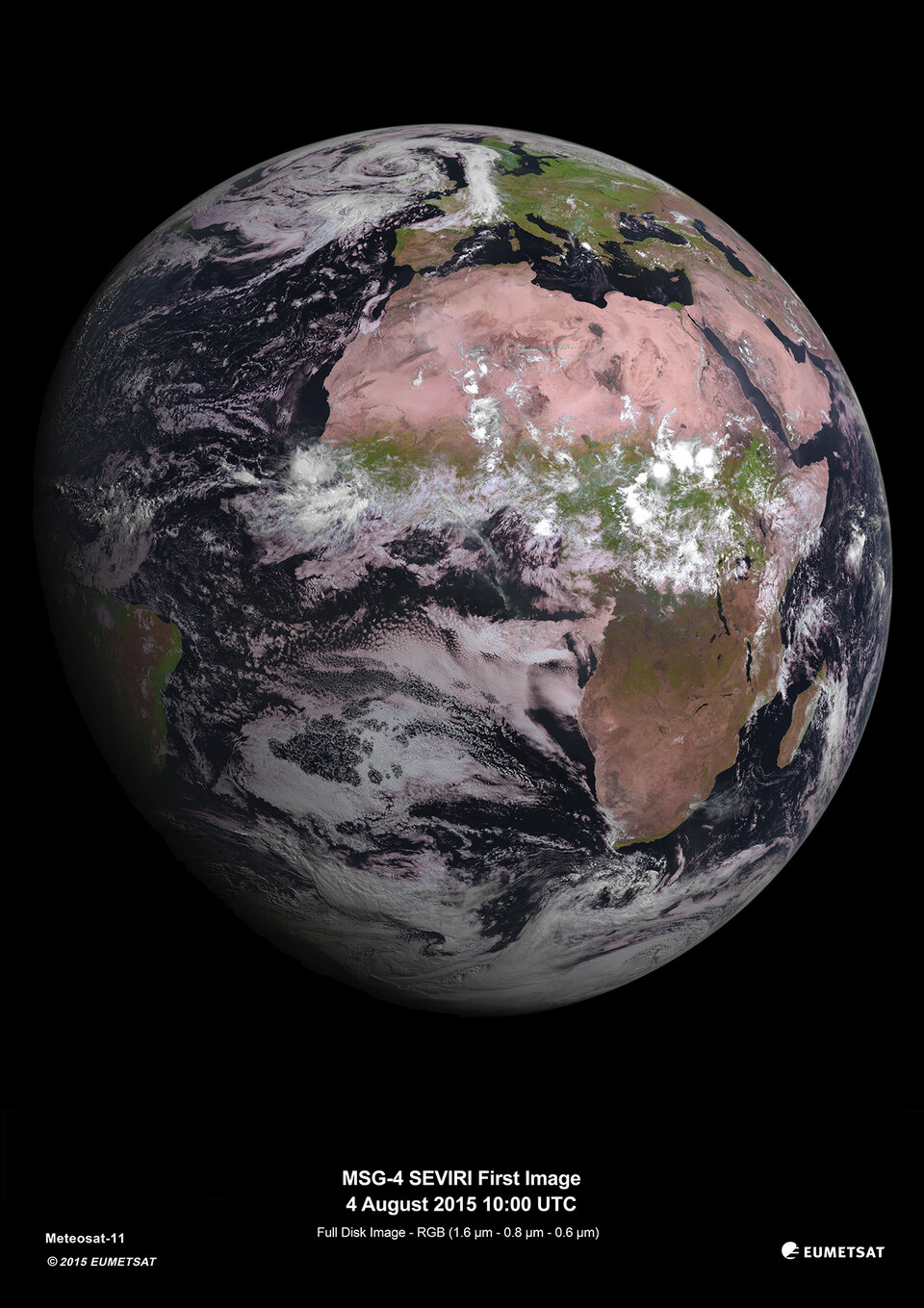
Weather forecasting is certainly the best known application of Earth observation. The economic and social benefits of accurate weather forecasts are huge; they allow time to prepare and make decisions, whether it be about gritting the roads, routeing air or marine traffic, irrigating crops, stocking supermarkets, or planning construction. In the extreme, knowing that hazardous weather is on the way can help people protect property and livelihoods.
In the European Union, the socio-economic benefits of weather forecasting are estimated to be €15–61 billion a year.
ESA is currently developing the next generation of European meteorological satellites together with Eumetsat. The third generation Meteosat geostationary system and second generation MetOp polar-orbiting system will deliver even better information and allow more accurate weather forecasts.
Between 2020 and 2040, these new weather satellites are expected to add a further €16–63 billion to the economy.
ESA’s Director of Earth Observation Programmes, Josef Aschbacher, said, “Earth observation is simply a way of life now, in fact, we all use it whether we realise it or not.
“We work in partnership with the EU and Eumetsat to achieve an Earth observation system unlike anywhere else in the world.
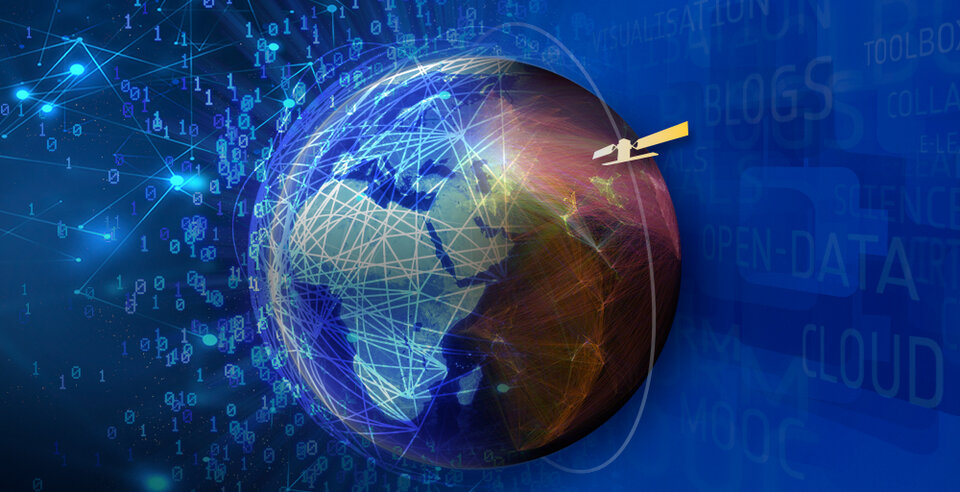
“ESA delivers scientific and technological excellence through the satellite missions we develop, which are exploited by Eumetsat for weather forecasting and by Copernicus for information services on climate, the environment and public security.
“This together creates socio-economic benefits through public services all over Europe. And, in turn, supports businesses, entrepreneurs and start-ups with easy access to vital data for new business ventures and high-tech jobs in Europe's digital economy.”
Space has become an integrated part of our daily lives. From smartphones to agricultural monitoring, the socio-economic benefits of space activities are so diverse that they are not always so obvious to the general public. ESA focuses this week on what space is doing for the economy, in particular, highlighting the flourishing applications domain and business opportunities.


